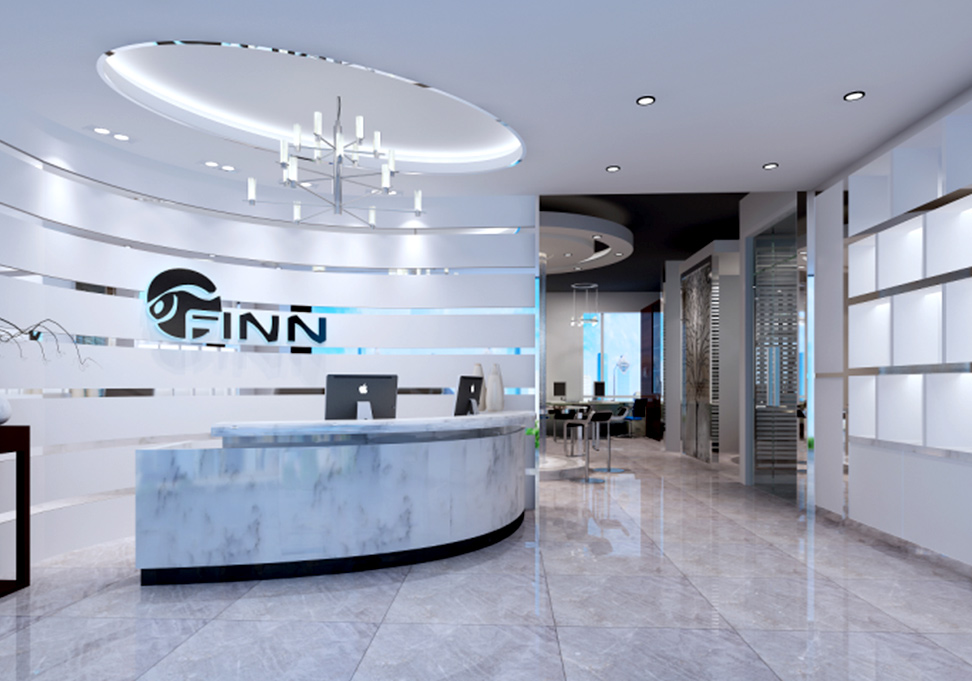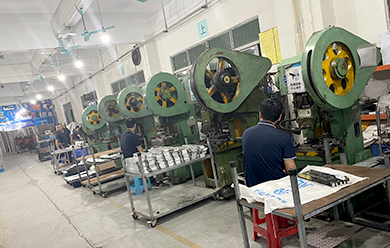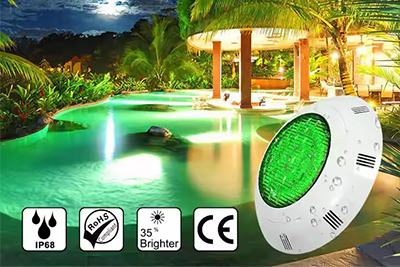
companhia estabelecimento
Guangzhou Fenlin Swimming Pool & Sauna Equipment Co., Ltd, fundada em 2004, profissional na produção e venda de equipamentos de sauna, equipamentos de piscina, equipamentos de SPA e equipamentos de fonte. etc. nossa própria marca, entretanto, desenvolveu nosso mercado externo de cerca de cem países, bem como desenvolveu uma rede de vendas que cobre a maioria das grandes cidades orientais em casa. Bens:Fabricamos equipamentos e acessórios de nossas marcas. Também temos a autorização representativa de algumas marcas famosas nessas regiões. Os produtos podem ser divididos em séries de saunas, séries de vapor, séries de piscinas e séries de fontes externas. Nossas Marcas: FANLAN: registrado em 21 de dezembro de 2005 FANLAN: registrada em 28 de novembro de 2005 SAWO: registrada em 21 de junho de 2006FINNFORST: registrada em 14 de abril de 2007 Fábrica: A fábrica está localizada no distrito de Baiyun em Guangzhou, fundada em 2004 e agora ocupando uma área de cerca de 10.000 metros quadrados, mais de 50 trabalhadores e três linhas de produção. Sob a gestão sistemática e rigoroso controle de qualidade, ganhamos boa reputação entre a indústria. Oferecemos aos clientes serviços como fornecimento de produtos, design e engenharia, fabricação OEM, controle de qualidade, inspeção de embarque. Nossas vantagens História da marca Vantagem da marca Valor da marca Qualificação de marca Fundada em 2004, a Fenlin tem 19 anos de experiência em fabricação de equipamentos para piscinas e saunas. Nossa fábrica está localizada na cidade de Jianggao, distrito de Baiyun, GZ, China. Abrange uma área de 10.000 metros quadrados e possui 3 fábricas profissionais. Fenlin se concentra na fabricação de equipamentos de sauna e equipamentos de piscina. A Fenlin apresenta máquinas avançadas estrangeiras. Nossos produtos são exportados para vários países. A Fenlin foi anunciada em muitas mídias sociais convencionais em países estrangeiros, esperando que seus equipamentos de piscina e sauna possam se tornar globais! E espera se tornar uma excelente marca de nossos produtos. Fenlin oferece a melhor qualidade e serviço para cada cliente. As 10 principais marcas de equipamentos para piscinas da China; As 10 principais marcas de equipamentos de sauna da China; As 10 principais marcas de equipamentos de spa da China; Nossos Certificados Nosso time




.jpg)

.jpg)






































